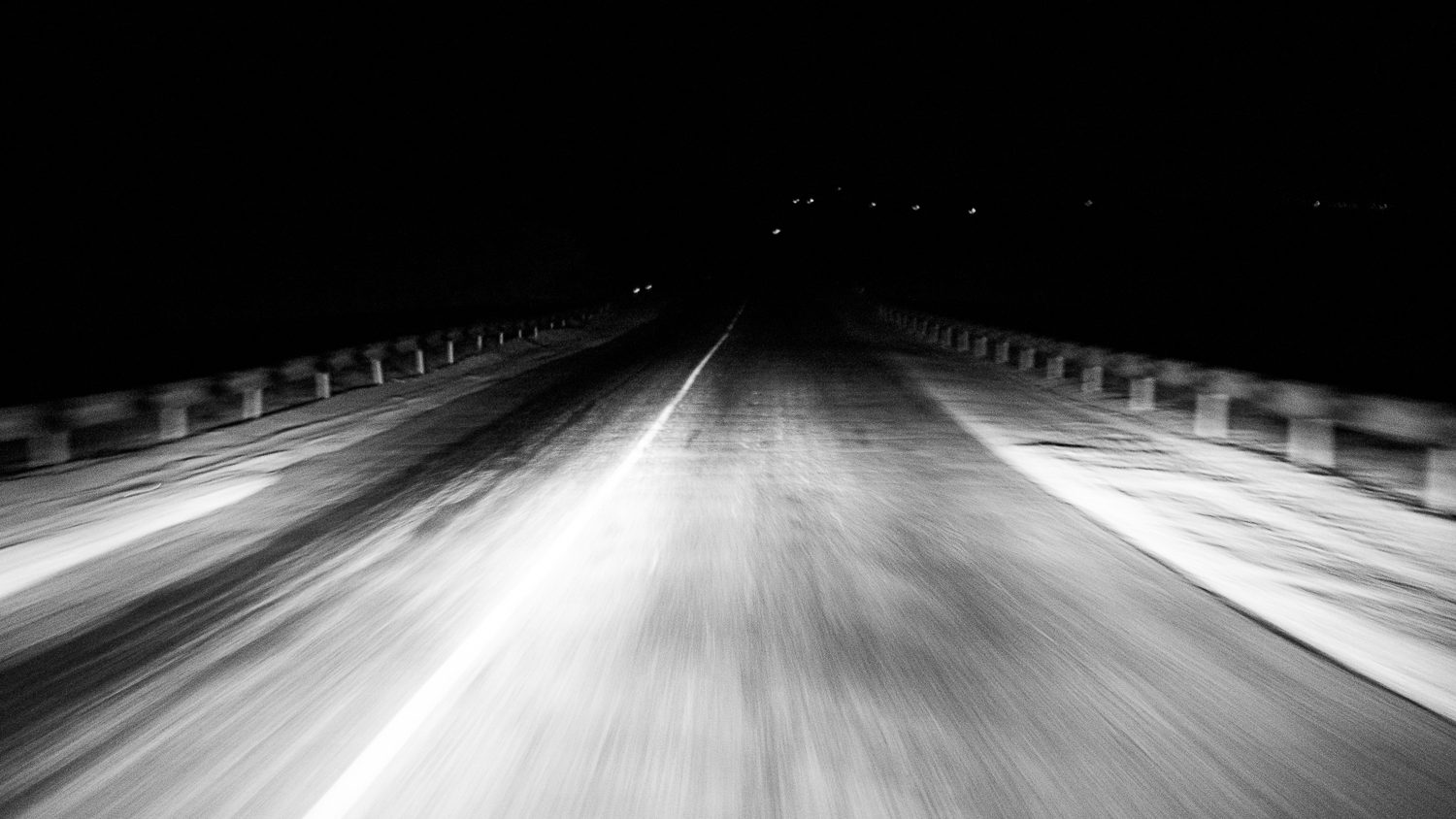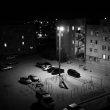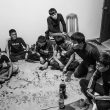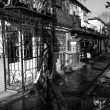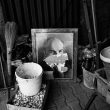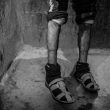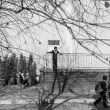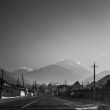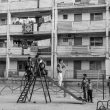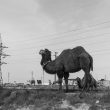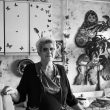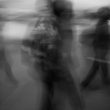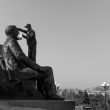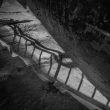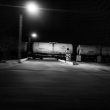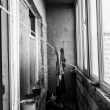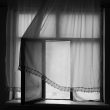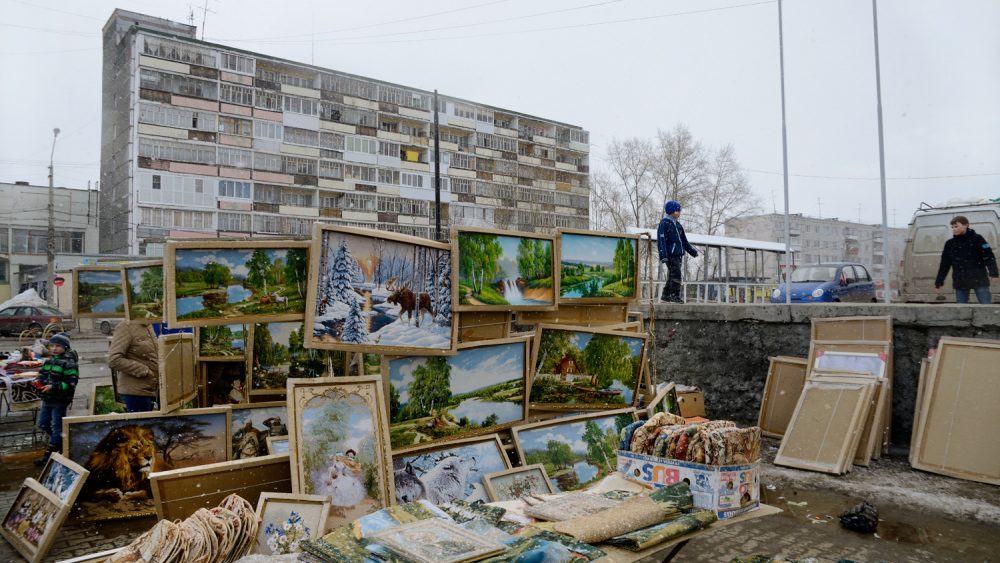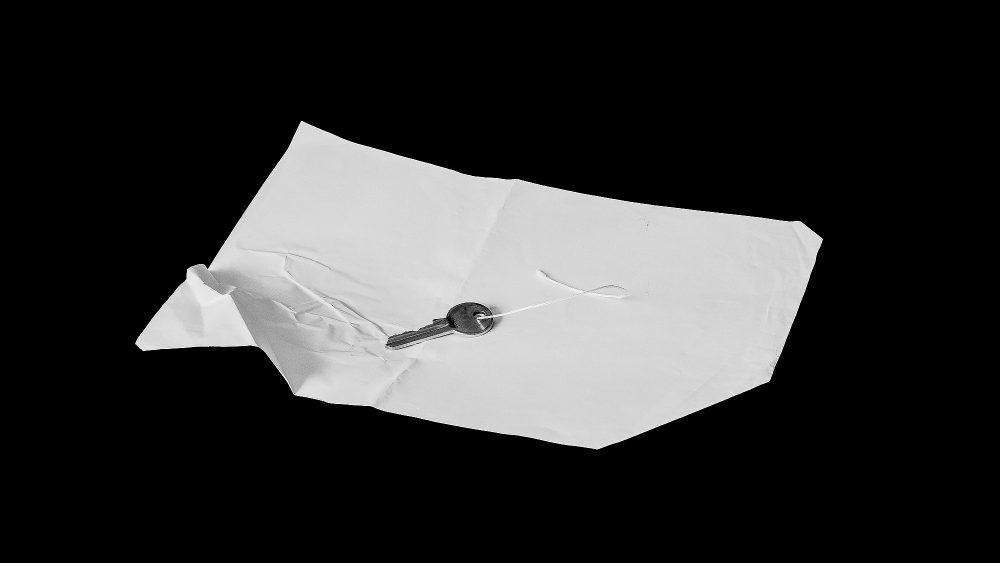The Kill Town
Kazakhstan was the last of the republics having separated from the USSR. Nursultan Nazarbaev, its party leader and First Secretary of the Kazakhstan Communist Party Central Committee, became an unchallenged and permanent president of the country. During the last twenty years people’s attitude to Nazarbaev has turned into his personality cult. A new official holiday, The Day of the First President, was introduced and is celebrated on 1 December, beginning 2012. The boys born on this day were mostly given the name Nursultan and they got special presents from the president of the country.
On a global scale, Kazakhstan has got the image of a successful country, a standard of stability and prosperity. Kazakhstan is a member of various influential international organizations, such as the OSCE, the UN Security Council and the Human Rights Council. EXPO 2017 is supposed to be held in Kazakhstan in 2017.
Nevertheless, all these achievements are overshadowed by a shocking event – shooting of the oil industry workers in the town of Zhanaozen. A year ago, on the Kazakhstan Independence Day, the police fired at unarmed workers who demanded a fair salary. According to official figures, 17 were killed and dozens were wounded. Unofficial sources, however, reported dozens dead.
Several of the policemen were sentenced to jail for abuse of authority, but president Nazarbaev claims that the tragedy was the workers’ fault. Vladimir Kozlov, the leader of the strikers, got seven and a half years’ term in a prison camp. The ones refused to perjure were also severely punished. The authorities do their best to shut the newspapers and internet resources that do not express official viewpoint on these events. Willing to completely erase the memory of the events, the authorities even proposed to change the name of Zhanaozen to Beket-aga, after Kazakh scholar and spiritual teacher (his 260th anniversary was celebrated two years ago).
The journalists from Europe have visited the sites of the events and talked to the witnesses and participants of the tragedy in Almaty, Aktau, Zhanaozen and in the neighbouring village of Shetpe.
Māris Morkāns (1974) is a photographer based in Riga. He is working for multi-media portal MIXNEWS.lv. In 2010 he was awarded the Annual Prize of the Latvian Union of Journalists for the Best Press Photo.
